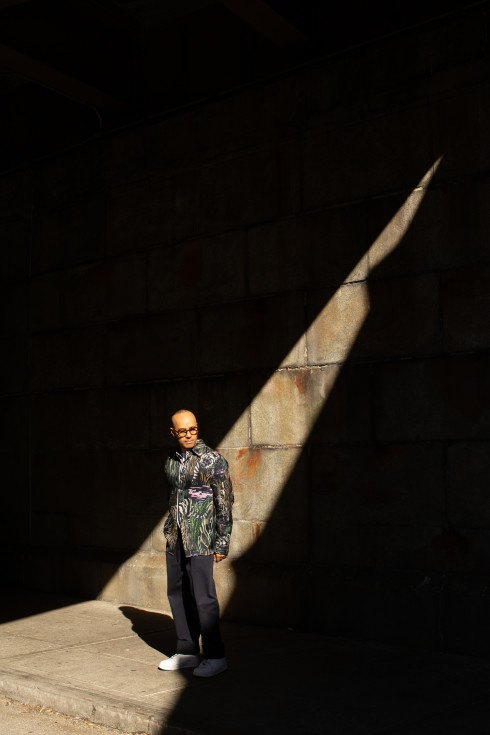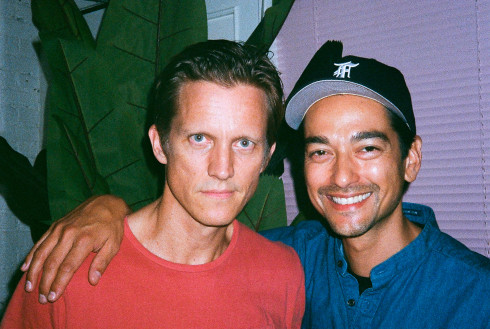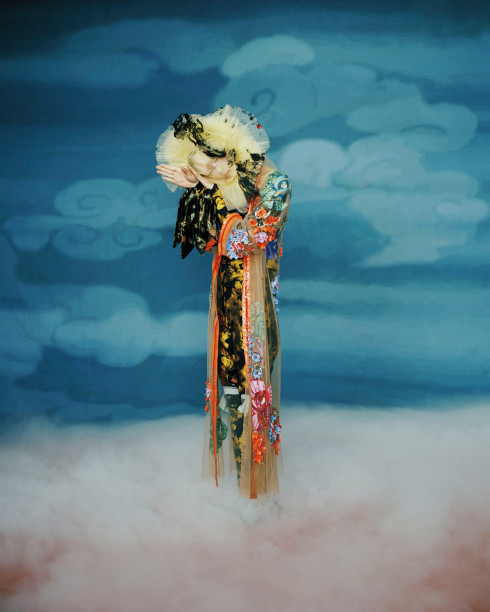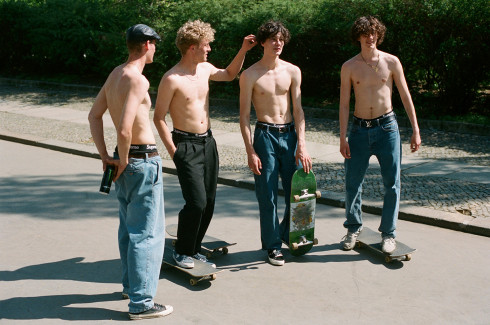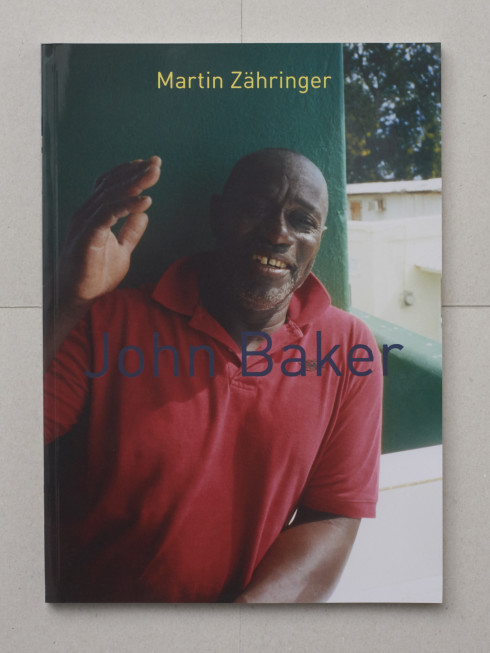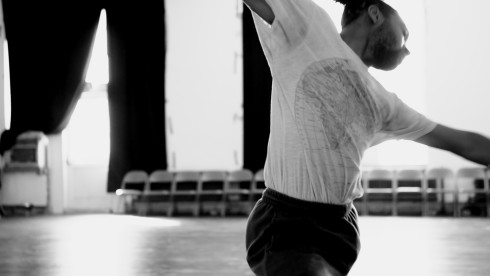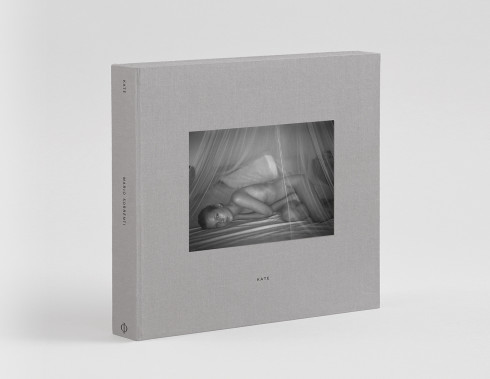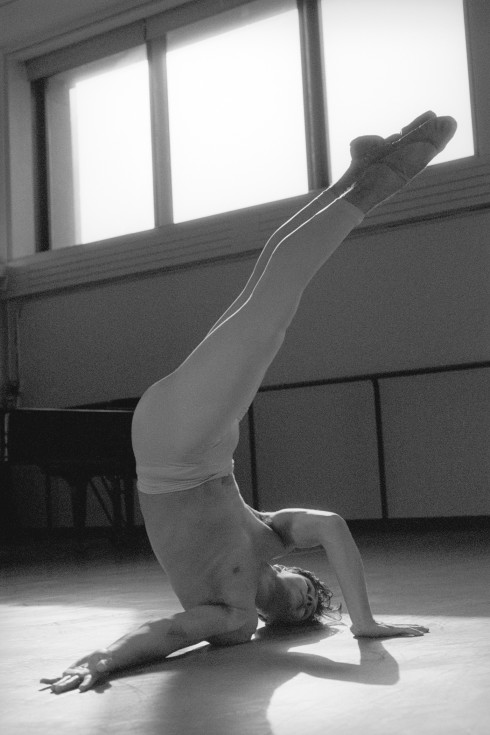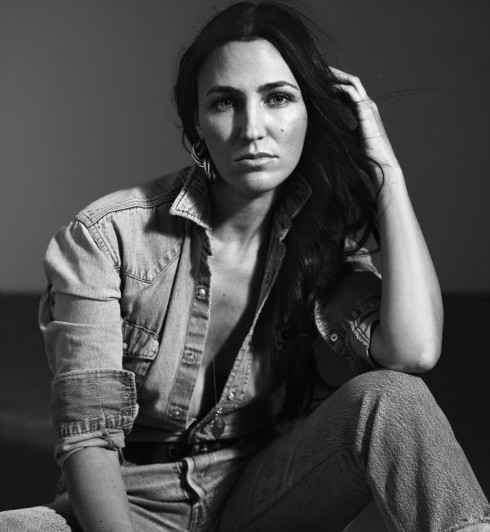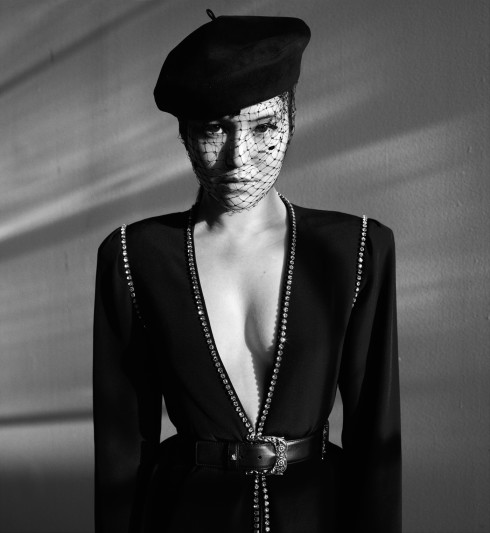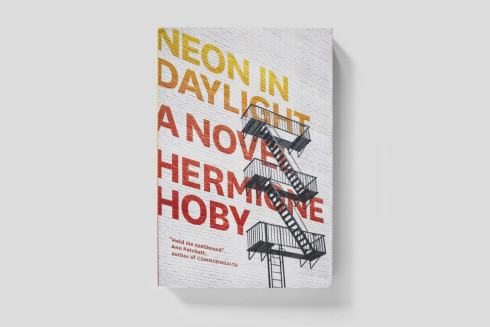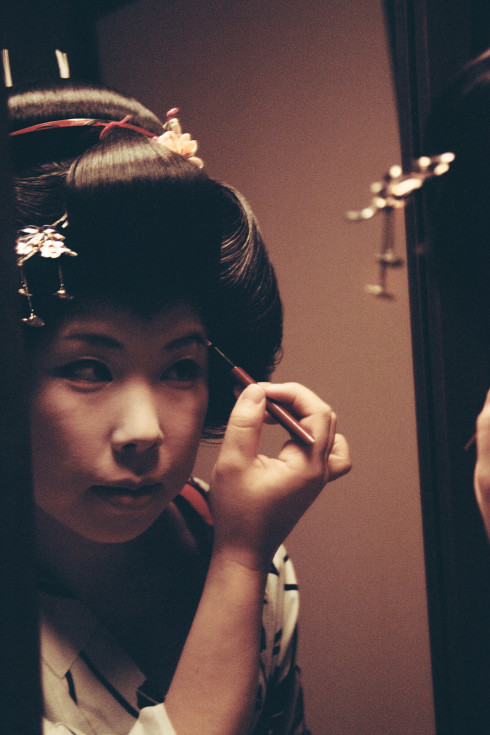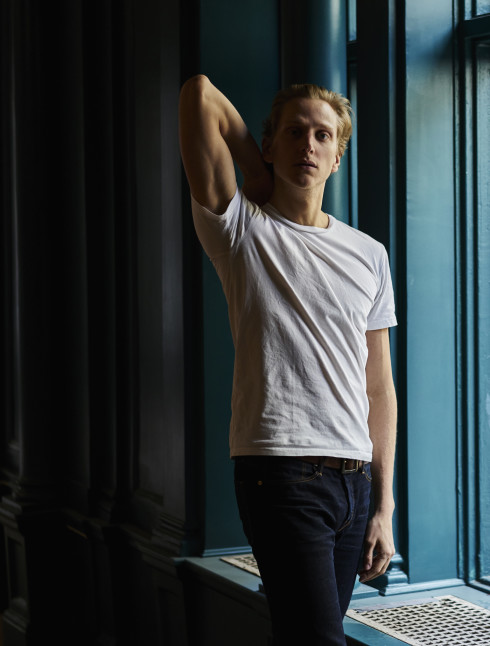
DOLDRUMS
“I’m hugely selfish,” explains Canadian musician Airick Woodhead as he makes his way to Edmonton, Alberta. He’s in the back of a minivan, trying to describe his live set—a frenetic, deviantly energized mix of ever-changing falsetto-tinged electro beats—and we’re connecting for the first time over the phone, a few hours before his gig at the tiny punk house Wunderbar. Woodhead’s is the type of performance that whips you into a burning trance, one that you could just as easily experience drugged out and alone as surrounded by sweaty bodies in some unnamed Bushwick loft. “The whole point of this project is to avoid or put off repeating the same night every night,” Woodhead says. “That’s just not really for me.”
The project Woodhead is referring to is Doldrums, the rather aptly named electro-tribal band he started as a teenager as a sort of personal escape from monotony. “I was living in the second story of a Chinese household in Toronto and spending a lot of time by myself in the winter, feeling very stagnant,” recalls Woodhead, who had dropped out of high school sometime before. “And I kind of had a complete picture in my head of how to remedy my situation and start, not really a band, but sort of like a brand or way to cheat reality and fix my predicament.”
Woodhead started playing DIY shows in a shared house he moved into in Toronto at eighteen. He’d put on two to three shows a week, staying up until the sun rose, dancing to the sets of other noise musicians, and using the proceeds to pay his rent. He moved to Montreal sometime after, and continued living this kind of fringe, art-house existence there.
Somewhere during this time, the music Woodhead made took shape, as strange, glitchy—excellent—experimental pop, and he moved into the heart of a scene that’s quickly transforming art pop. He’s also moved just enough to the center to engage with a larger audience. “A lot of my friends in Montreal inspired me to take Doldrums more traditionally as a band, especially Grimes,” says Woodhead, who briefly lived with the electro-pop songstress. And five years after initially starting the project, he has—putting out a début album, Lesser Evil, on Grimes’ label Arbutus at the end of this past February.
“The songs on Lesser Evil are kind of about the threshold of what’s factual and what’s unsure,” explains Woodhead. “That’s the most fascinating section of knowledge to me—something that can’t be proven. I’ve done a lot of research myself, exploring dreaming and the subconscious.” Lesser Evil, with its cacophonous mélange of tribal sounds and jittery, Gang Gang Dance-reminiscent arrangements (see “Egypt”), may be just that: a sort of beautiful, complex performance of youthful post-Internet-driven ambiguity. Tracks like “Anomaly,” Woodhead’s witchy ode to life as fantasy, add a darker layer to Lesser Evil’s pop-y base, drawing reference to goth outfit Crystal Castles (whom Woodhead is on tour with now).
Last weekend, three weeks after our initial conversation, Woodhead headlined 285 Kent in Williamsburg. His friend and collaborator, Steven Foster, has waist-length blond hair that he whips around à la Willow Smith as he drums. It was a hypnotic show that ended with a pile of audience members rushing to the middle of the stage, swirling in a collective dance frenzy.
“I don’t have an apartment and don’t have any type of home,” Woodhead told me after, “but I do have the live circuit. I’m just obsessed with novelty and newness and shiny things, and I’m always moving. I guess my reality fix kind of worked.”
Lesser Evil is out now from Arbutus. Photography by Aaron Stern.
